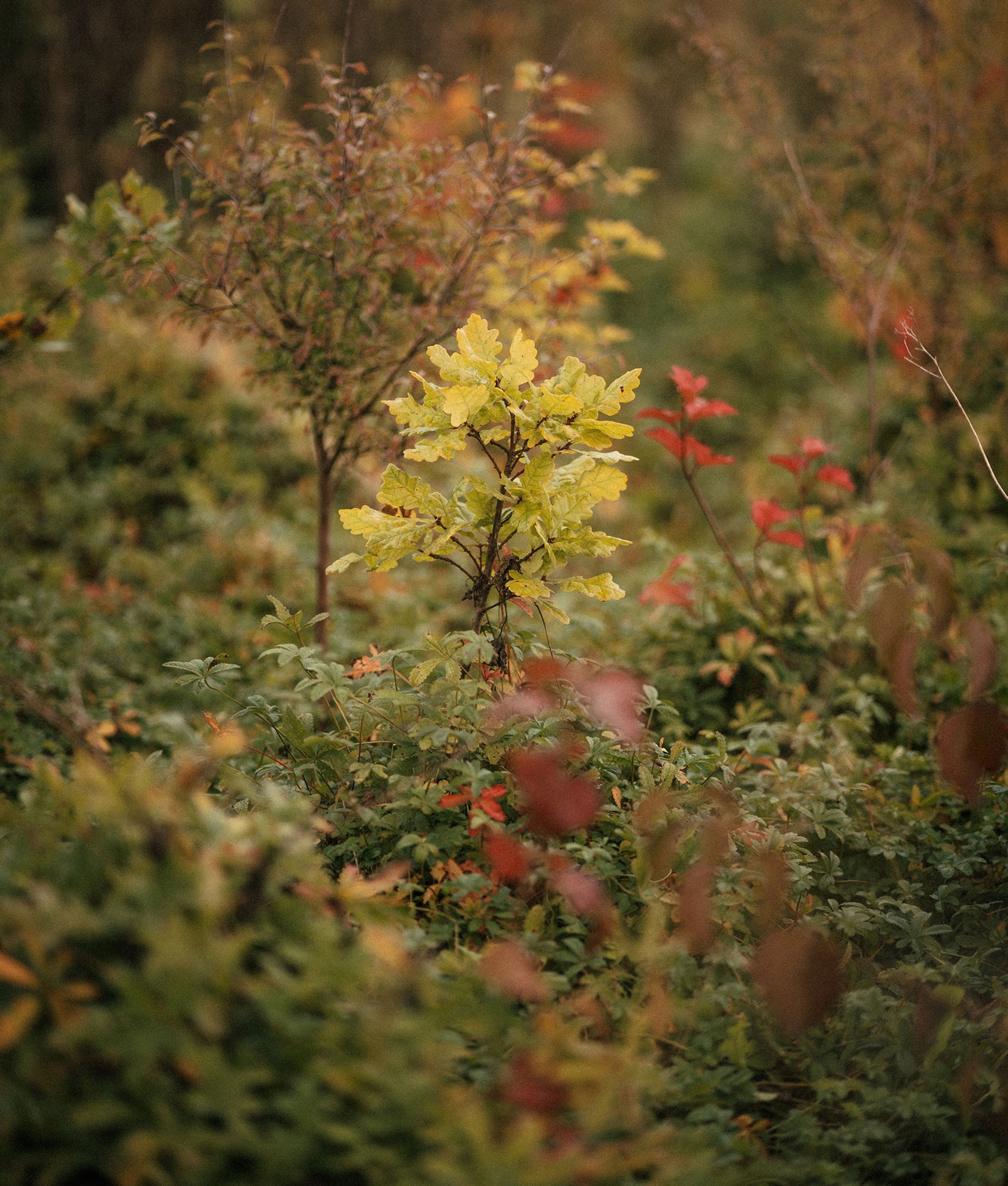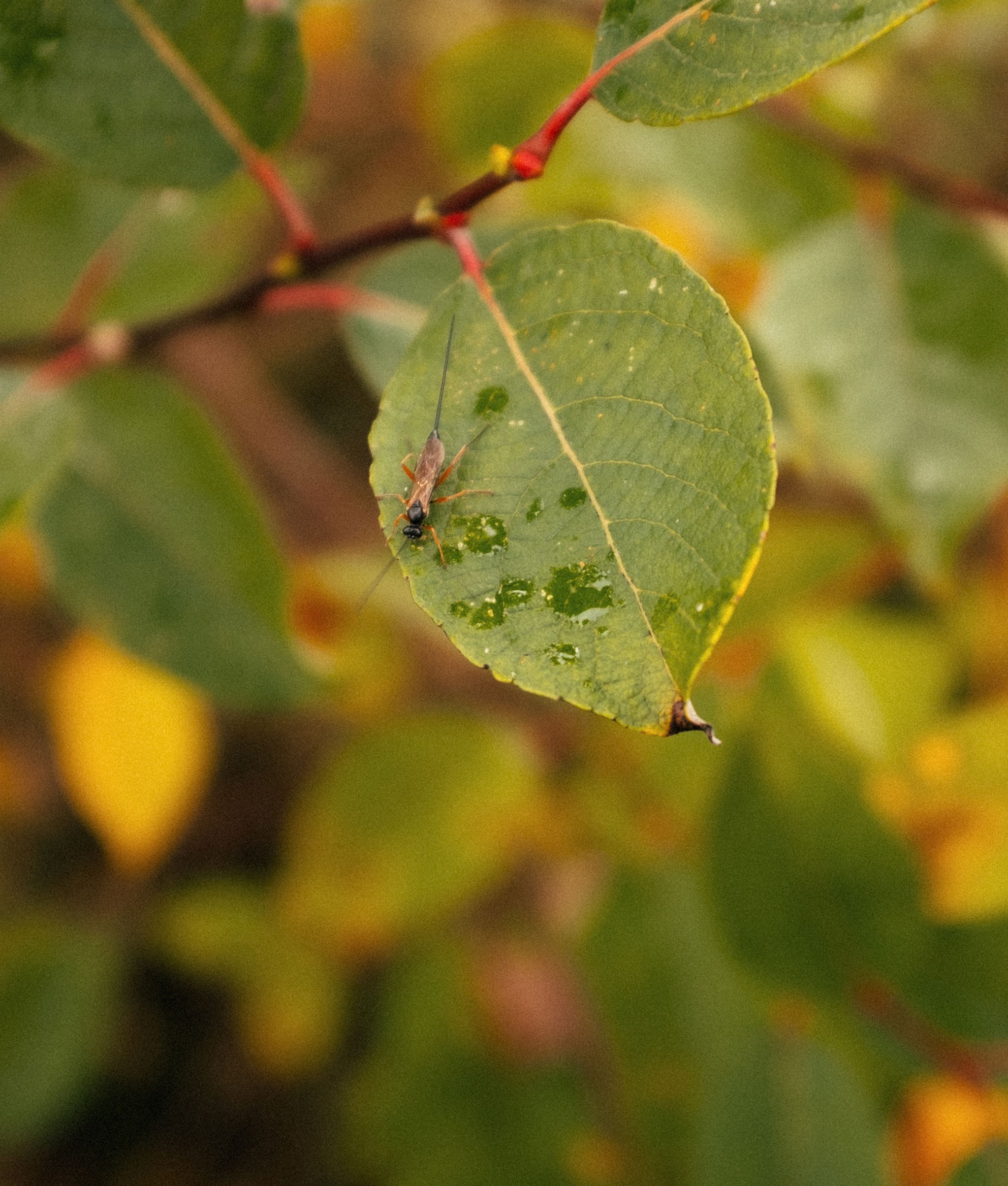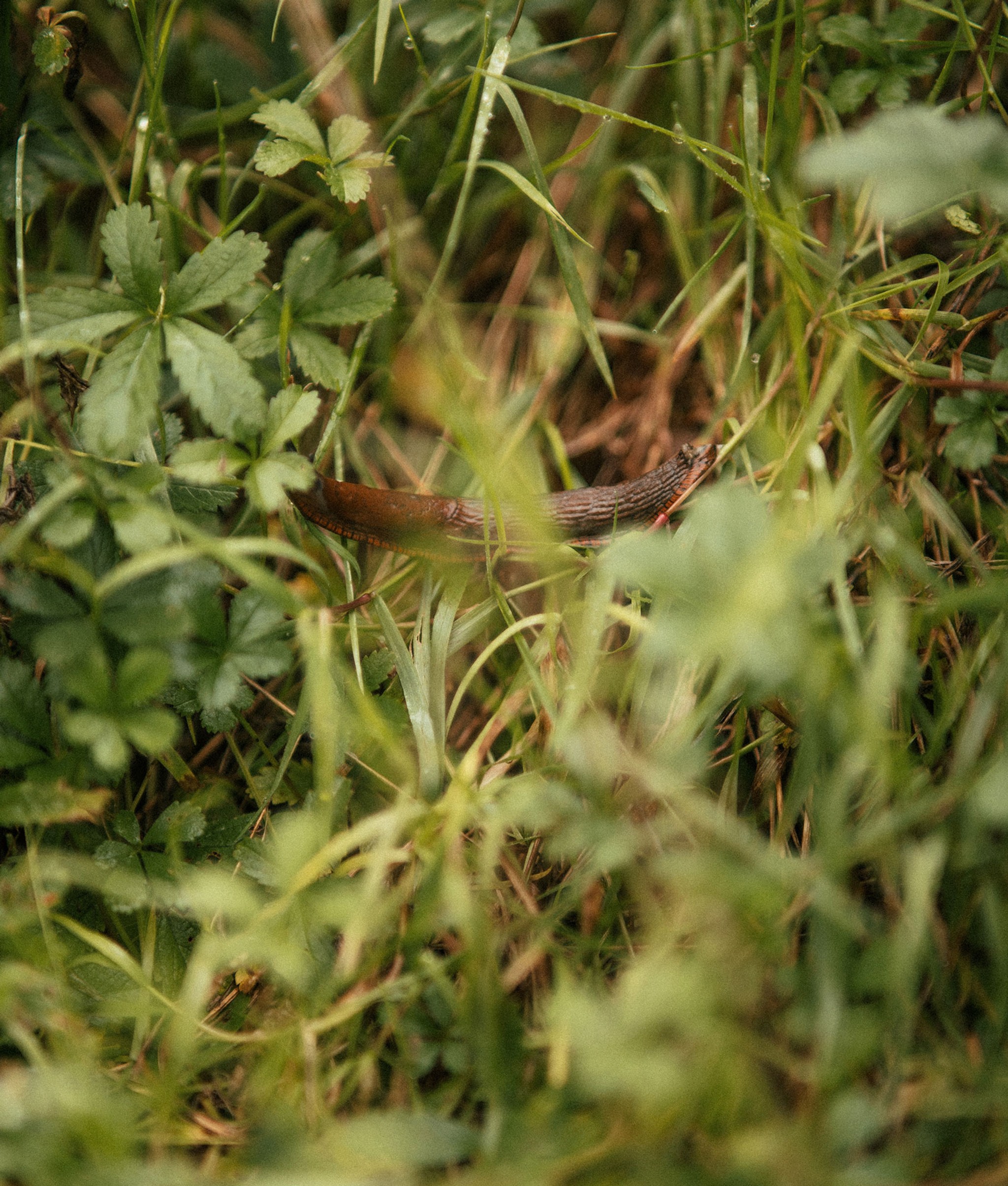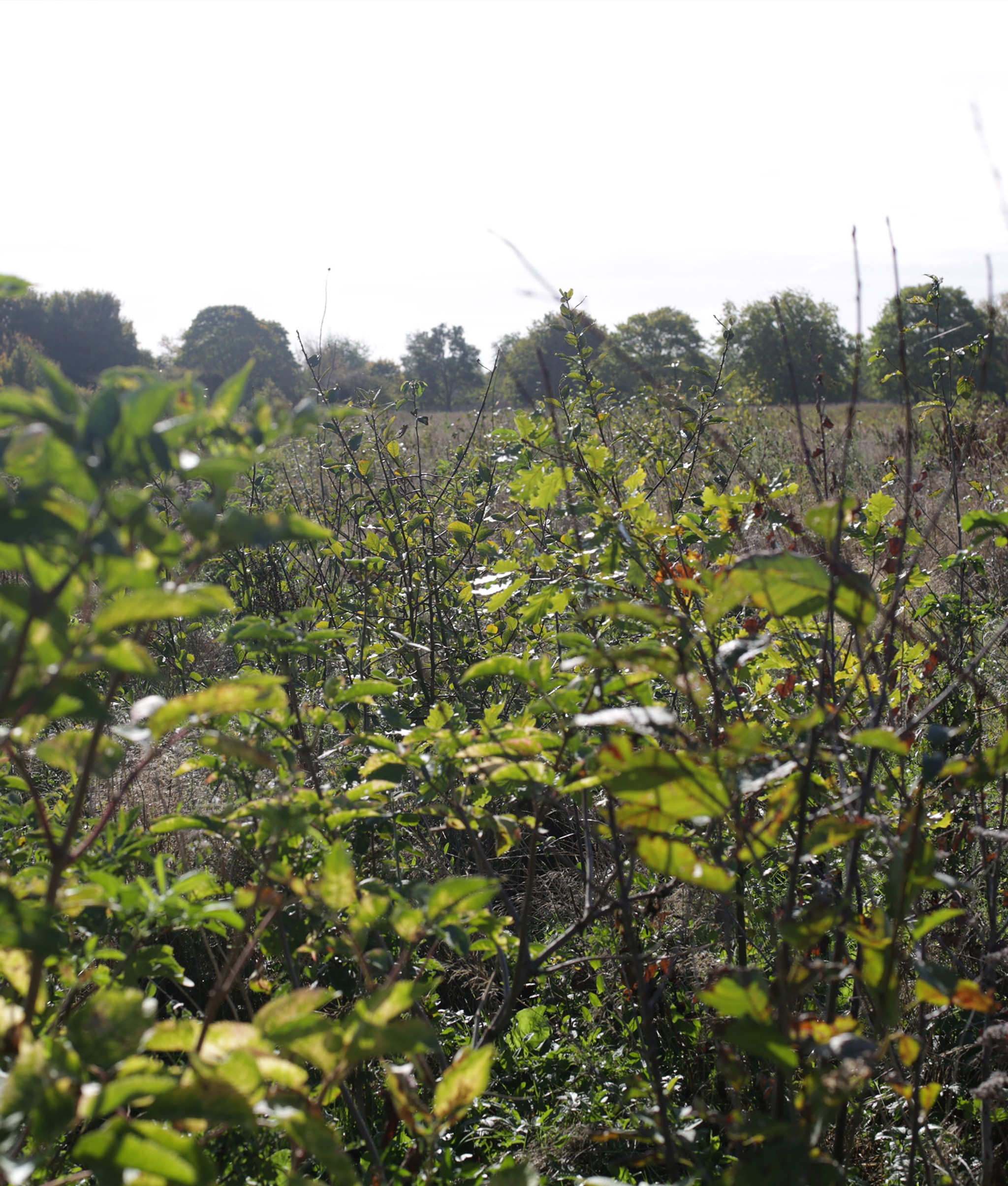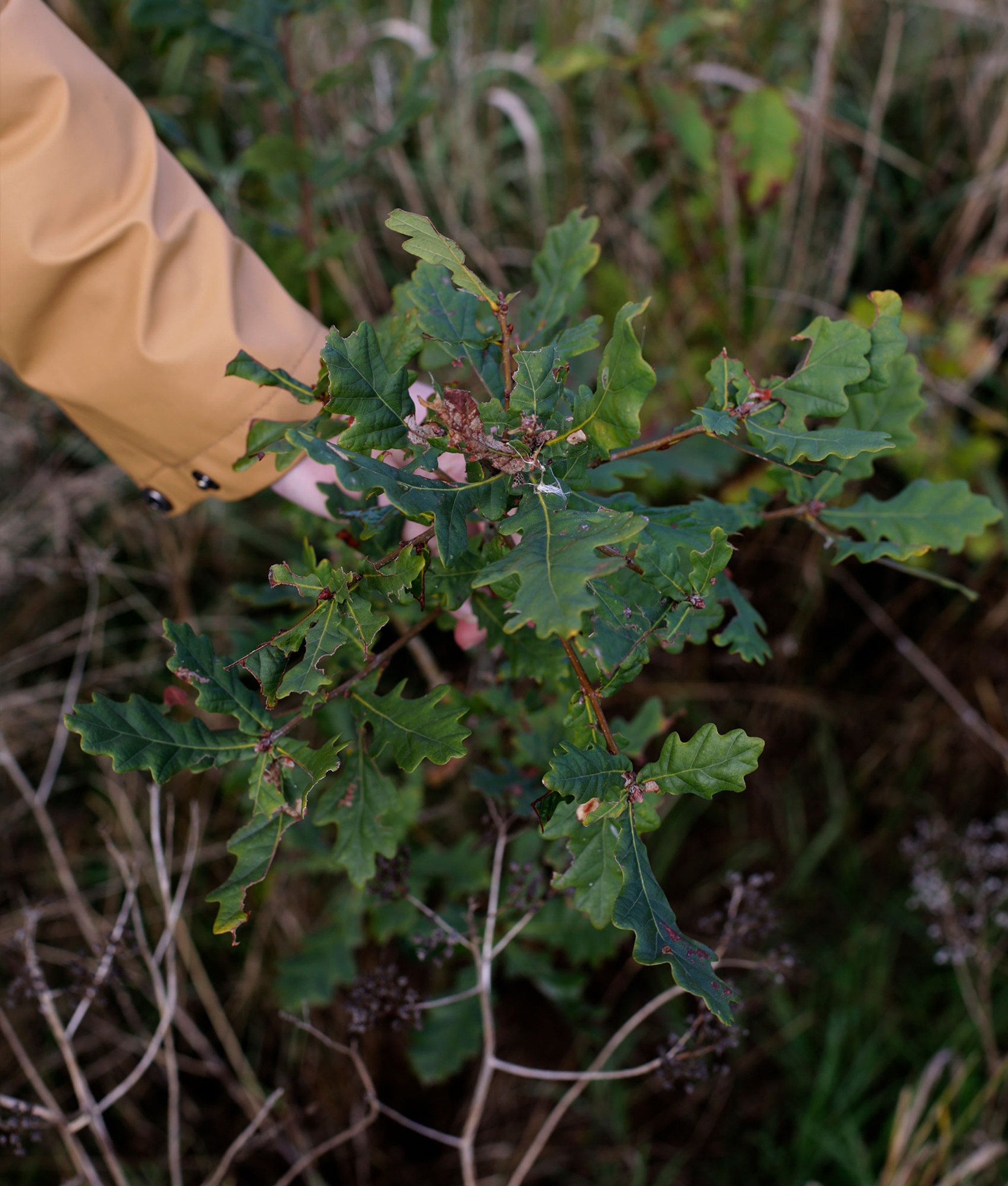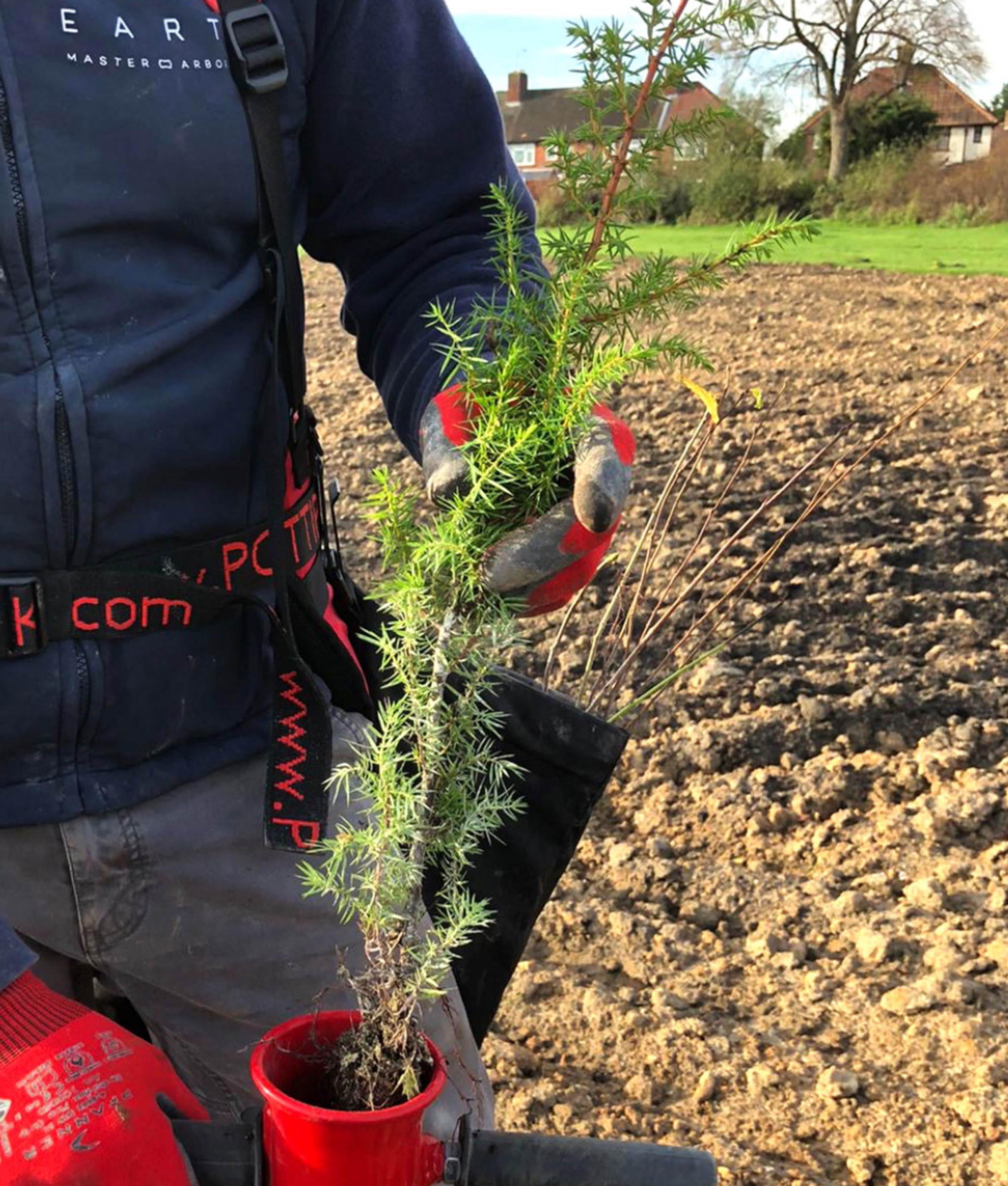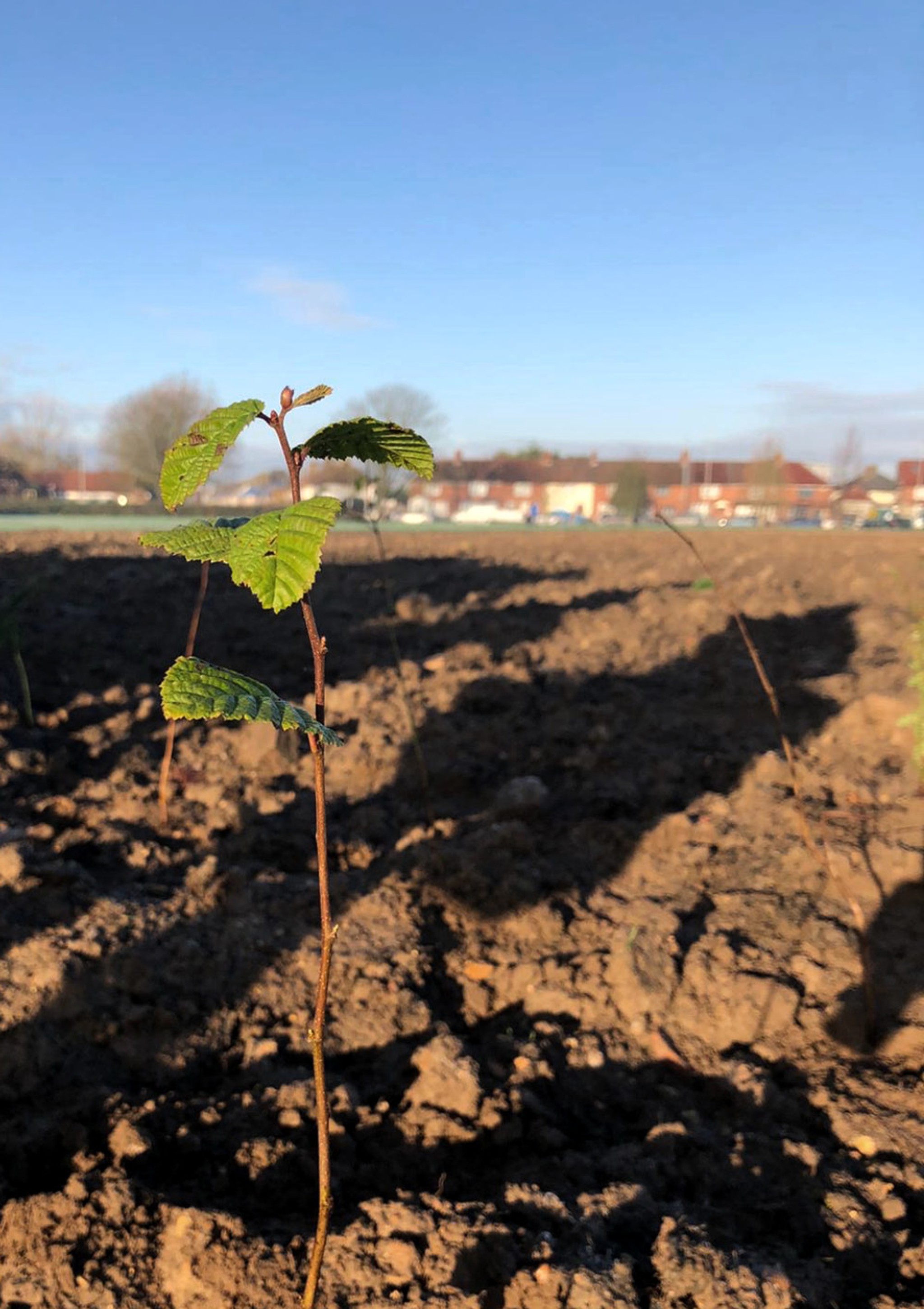Forest of Thanks
A symbol of resilience, hope, and healing for the local community.


0
Trees
0
Square Meters
0
Native Species
Self sustaining pocket forest
Since its planting in 2020, Forest of Thanks has become a well-loved green space by the local community. Located within Parsloes Park, dog walkers often pass by and appreciate the contrast it provides to the surrounding bare lawns and fields.
The forest is growing in ideal conditions - with open space, ample sunlight, and rich, fertile soil. The wild cherry trees (Prunus avium), birch (Betula pendula) and goat willow (Salix caprea) are all thriving.
We have observed a small flock of sparrows within the forest - nesting and feeding on the seed heads of self-seeded plants. Their cheerful chirping is a welcome addition to this urban landscape, reminding us all that Nature and biodiversity can thrive within our cities.
Forest Maker
James Godfrey-Faussett


Ecosystem Restored
Final report: 31.10.2024
After approximately three years our SUGi Pocket Forests become self-sustaining. They no longer require human maintenance or watering, and can be handed over to Nature for biodiversity and complexity to naturally develop.
0%
Survival Rate
0
People living within 300 meters
0
kg of potential CO2 sequestration
Biodiversity
Biodiversity is all the different kinds of life you'll find in one area—the variety of animals, plants, fungi, and even microorganisms like bacteria that make up our natural world. Each of these species and organisms work together in ecosystems, like an intricate web, to maintain balance and support life.
0
Potential number of mammals
0
Potential number of birds
0
Potential number of amphibians
Urban Heat Profile
The Urban Heat Island Effect is affecting cities more and more each year and temperatures in urban areas can go up to 12 degrees hotter. This can be reduced and prevented by planting urban forests like this. We collected the air temperatures on a hot day in August at Forest of Thanks and saw amazing results.
0°C
Surface Temperature Difference


Forest Design
We chose the leaf of an Oak tree (Quercus robur) as the design for the forest. The Oak tree is a symbol of strength, morale, resistance and knowledge.
Oak trees support a complex ecosystem with many species, including humans.
“The Leaders of the Borough of Barking & Dagenham, TCV, NatWest and SUGi have come together to create the largest Miyawaki Forest in the UK as a symbol of resilience, hope, and healing for the local community and the UK as a whole. It’s a very special moment for all of us.”
Forest Report: 2023
0 Years
Forest Age
0%
Survival Rate
0m
Tallest Tree
Biodiversity Notes:
Forest Report: 2022
0 Years
Forest Age
0%
Survival Rate
0m
Tallest Tree
This is an immensely resilient forest. Its second year has been difficult due to the drought of summer 2022, though it continues to grow in conditions that have killed off young trees planted under traditional methods. Indeed, this forest is in a very exposed location, adding to the challenges it faces, but also highlighting its hardiness.
Oaks are doing well, and whilst survival rate is still very good, overall growth has been hampered a little. We are expecting this forest to recover well in its third year and are optimistic that plants that are looking very dry will resprout next spring.
Biodiversity Notes:
Forest Report: 2021
0 Months
Forest Age
0%
Survival Rate
0m
Tallest Tree
The forest has grown over the first year with minimal maintenance. No watering and just some weeding where possible. After a hard winter a few saplings initially died back, but come the spring have resprouted showing great resilience. This is partly due to the thick layer of protective mulch.
Growth has begun to accelerate from the late summer as the root network begins to establish and knit together, allowing greater uptake and availability of minerals and water that contribute to above ground biomass and growth.
Overall, we estimate we lost a maximum of 150 saplings which is 0.5 %. Some trees have doubled in size. They were 30 to 50 cm upon planting and now are ranging from 90 to 170 cm. (6 months was 40 - 90cm)
“We are so honored to work with the Barking & Dagenham council to create the largest Miyawaki forest in the UK and Europe! Special thanks to Gareth for his vision and trust. Let's keep building a biodiverse world.”
Planting: November 2020


























